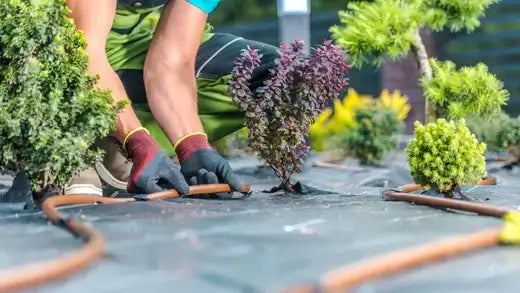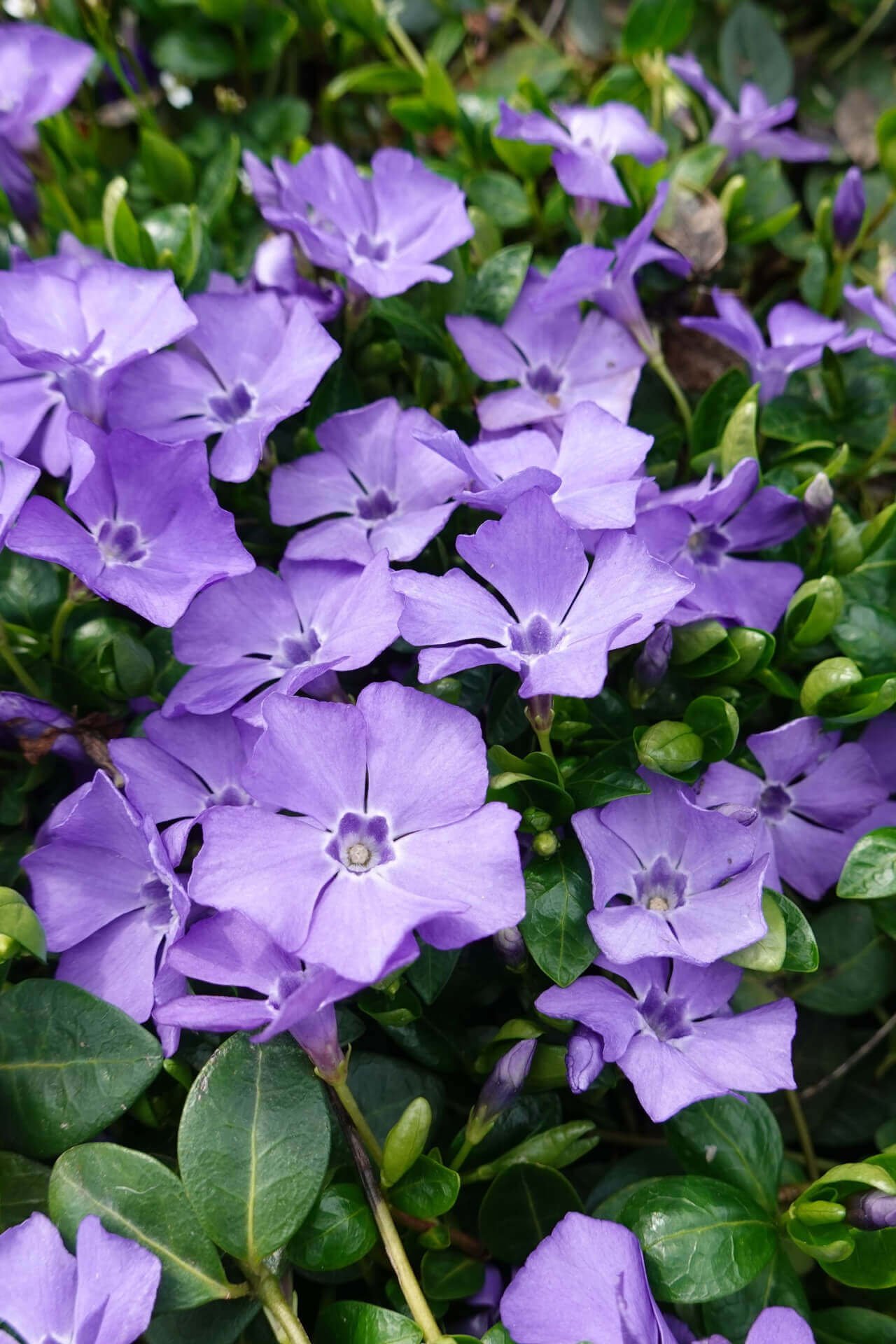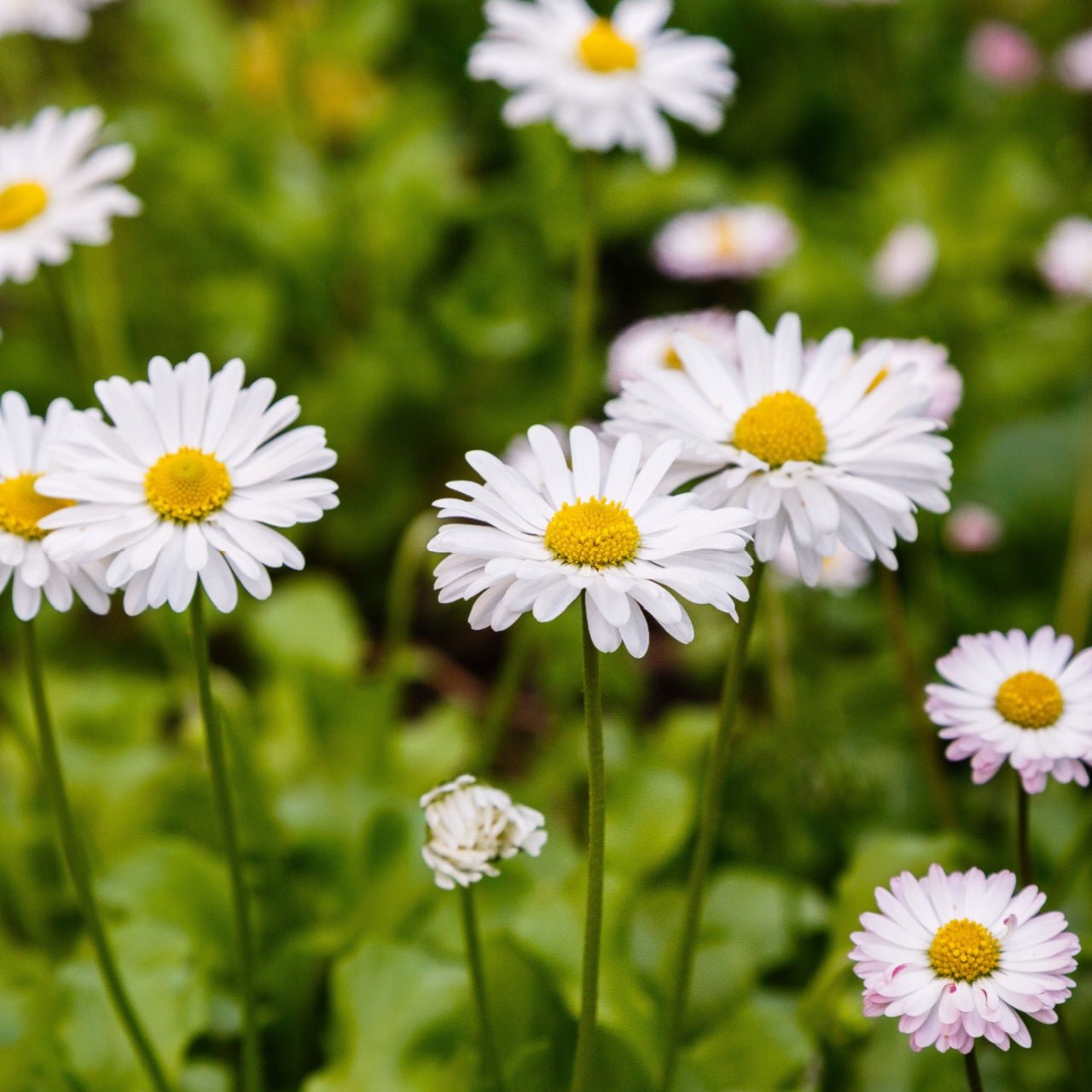Enhance Your Garden with These 10 Essential Landscaping Supplies
To create and maintain a stunning garden, having the proper landscaping supplies at your disposal is essential. Ten landscaping supplies are indispensable for transforming your garden into a masterpiece of nature.
Mulch: Enhancing Soil Health and Aesthetics
Mulch is a versatile landscaping supply for practical and aesthetic purposes. It helps conserve soil moisture, suppresses weeds, regulates soil temperature, and prevents soil erosion. Mulch adds an appealing layer of texture and color to your garden beds, elevating its visual appeal.
Topsoil
Topsoil is rich in essential nutrients and organic matter, providing plants with a solid foundation for growth. Whether filling raised beds or leveling uneven ground, quality topsoil contributes to vibrant plant growth and robust root systems.
Compost: Nature's Best Fertilizer
Compost is often called "black gold" in gardening circles and for a good reason. A nutrient-rich soil amendment is created by decomposing organic matter like kitchen scraps, yard waste, and leaves. Incorporating compost into your garden improves soil structure, enhances water retention, and encourages beneficial microbial activity. An eco-friendly alternative to synthetic fertilizers, promoting sustainable gardening practices.
Garden Tools:
No garden is complete without essential tools. From shovels and rakes to pruners and trowels, having the right tools makes planting, weeding, and maintenance tasks much more manageable. Invest in high-quality tools that are comfortable and built to last, ensuring that your gardening endeavors remain enjoyable.
Pavers and Stepping Stones:
Create enchanting pathways through your garden using pavers and stepping stones. These landscaping supplies help visitors navigate your garden and also enhance its beauty with design and elegance. Choose materials that complement your garden's aesthetic, whether a formal, structured design or a more natural, organic layout.
Mulch Edging:
Mulch edging serves functional and aesthetic purposes. At the same time, the clean lines created by mulch edging offer a polished and organized look to your landscape design.
Garden Lighting:
Extend the beauty of your garden into the evening hours with carefully placed garden lighting. Solar-powered lights, pathway lanterns, and string lights can create a magical ambiance, highlighting key features of your garden. Apart from their aesthetic value, garden lights provide safety by illuminating pathways and potential obstacles.
Rain Barrels:
Nature's Gift Conservation-minded gardening involves making the most of natural resources; rain barrels help you achieve that. Collect rainwater from your roof, divert it into barrels, and use it to water your garden during dry spells. It reduces your water bill and provides plants with untreated, nutrient-rich water that they prefer over tap water.
Garden Fencing:
If you're dealing with wildlife intrusions or want to establish boundaries, garden fencing is an essential supply. Decorative fences that add visual interest or practical barriers that keep critters at bay. Proper fencing safeguards your plants while contributing to the overall aesthetics of your garden.
Garden Trellis:
A garden trellis is a versatile accessory that serves both functional and decorative purposes. It supports climbing plants, helping them reach for the sun and freeing up space on the ground. Trellises add height to your garden, breaking up flat plantings and adding elegance to your outdoor area.
Creating and maintaining a breathtaking garden involves more than just planting a few flowers
- The right landscaping supplies are the backbone of a successful garden design, enhancing its beauty and vitality. Use compost, soil, mulch, and lights to make your garden beautiful with nature's wonders. These supplies are essential for enriching the soil and adding visual appeal.
- Get tools and materials, be creative, and see your garden become a peaceful and beautiful place. Landscaping supplies include materials like pavers, stones, bricks, soil, mulch, and planters for both hardscaping and softscape elements.
- Selecting the correct supplies for your garden will enhance its appearance and increase its longevity. It will also reduce the amount of maintenance required.
- Hardscaping materials, such as pavers and stones, are foundational elements of the garden's layout. They create pathways, define borders, and establish seating areas. These supplies are functional and provide a sense of cohesion and structure to the outdoor space.
- Well-placed pavers can guide visitors through the garden, unveiling its beauty deliberately. Stones strategically positioned along a water feature can add an air of serenity and natural beauty. Also, these materials are strong and help the garden keep its shape, even when the weather changes. Equally vital are the softscape materials that nurture the growth of plants and accentuate the garden's visual appeal.
- Quality soil is the lifeblood of any garden, providing the essential nutrients that plants require to thrive. Besides its aesthetic contribution, Mulch conserves moisture, regulates temperature, and suppresses weed growth.
- Planters and containers made from materials like ceramic or wood can add height to your garden. They make it easier to care for plants and help hide unsightly areas.
- Additionally, they can create focal points. They can also create focal points.
Landscaping supplies not only improve the look of a space, but also make maintenance easier and more effective. Proper drainage, achieved through materials like gravel and perforated pipes, prevents waterlogging and ensures the health of plants.
Gardeners use materials such as steel, stone, or plastic to create clean lines and add visual appeal to garden beds. This helps to edge the garden beds. The use of these materials enhances the overall design of the garden. These things help prevent erosion, weeds, and make it easier to take care of the garden.
Moreover, sustainable and eco-friendly principles can guide landscaping supplies.
Incorporating rainwater harvesting systems, using permeable paving materials, and selecting native plants can contribute to water conservation efforts and promote biodiversity.
Garden design success relies heavily on the importance of landscaping supplies. The unsung heroes provide structure, functionality, and aesthetic cohesion to outdoor spaces.
Creating a beautiful garden design requires hardscaping elements such as pathways and seating areas. Soft scaping materials are also essential for plant growth. Both elements work together to enhance the overall aesthetic of the garden.
Choosing the right landscaping supplies can make a garden look better, help with drainage, and support sustainability. This turns a garden into a beautiful and long-lasting work of art.
Building Your Own Landscaping Supplies for a Personalized Garden
The process of constructing your landscaping materials offers a rewarding opportunity to customize your outdoor space if you enjoy active projects and want to create a unique look. You can save resources by transforming common household materials into custom creations that suit your space requirements and design vision. Using basic construction skills alongside creative ingenuity lets you save money while reducing waste and achieving personal satisfaction from building garden essentials yourself. The following guidelines will teach you how to create homemade mulch, compost, and handcrafted edging and planters.
1. Creating Compost and Organic Soil Amendments
Maintaining healthy soil conditions is the foundation for any thriving landscape. Instead of purchasing costly fertilizer bags or potting mixes, you can create your nutrient-rich soil amendments.
Homemade Compost Bin
Materials Needed: You need wooden pallets or scrap lumber, but woven wire can work too.
Construction: Build a three-sided structure that measures 3 feet on each side by attaching boards or wire mesh with nails or screws. This size retains heat and moisture well. Create an open front or attach a hinge to facilitate turning and removal.
Composting Process: Create compost layers by combining vegetable peels and coffee grounds from the kitchen with yard debris, like leaves, grass clippings, and a small portion of topsoil. Aerate the pile by turning it regularly while maintaining a slight moisture level. The organic material gradually decomposes into dark, crumbly compost, which helps improve soil quality.
Leaf Mold
Collection and Containment: Store collected leaves inside a specific bin or a wire container. Water the leaves lightly, then allow nature to complete the transformation process.
Use: After several months, the leaves turn into soft leaf mold, which enhances soil structure while improving water retention and aeration.
Worm Castings (Vermicompost)
Simple Worm Farm: Repurpose large plastic totes or wooden boxes. First, create small ventilation holes in your container. Then, fill it with moist bedding composed of shredded paper coir or leaves before adding red wiggler worms.
Maintenance: Place limited kitchen scraps into the bedding, but avoid feeding the worms too much. The worms transform organic matter into castings, which serve as highly nutritious, crumbly fertilizer for several weeks and months.
2. DIY Mulch and Ground Covers
Mulch is a weed barrier and a soil moisture retainer that protects plant roots from temperature extremes. You have multiple options for creating or acquiring various kinds of mulch within your residence.
Wood Chips from Yard Trimmings
Gathering Wood: When trimming branches or removing small trees, you should consider renting or borrowing a wood chipper.
Application: Apply wood chips as mulch around flower beds, tree bases, and pathway areas. Over time, these materials decompose slowly, contributing nutrients to the soil.
Straw or Grass Clippings
Straw Bales: Purchase an inexpensive straw (or produce your own from cereal crops) and apply it as a loose golden mulch to your vegetable beds.
Dried Grass: Mow your lawn and wait for the clippings to fully dry before distributing them. The best approach to grass clippings is partial drying because fresh grass tends to form mats and produces unpleasant smells.
Homemade Stepping Stones
Simple Concrete Forms: Combine cement, sand, and water as directed by the package instructions, then fill molds like old cake pans or plastic trays with the mixture.
Customization: Embed pebbles, shells, or decorative tiles into your project for a customized appearance. After curing, these stones can create decorative garden paths and stepping areas around garden beds.
3. Handcrafted Garden Edges and Borders
Garden edging creates distinct borders for pathways and flower beds, resulting in a neat and purposeful design. Custom garden edging allows you to reduce costs while creating a unique look.
Log Edging
Materials: Transform logs and stumps into uniform circular pieces.
Installation: Position cut logs or stumps upright around a bed's edge and ensure each piece remains stable and level after partially burying them. The natural appearance complements cottage gardens and woodland-themed landscapes.
Brick or Stone Rounds
Reusing Materials: Align leftover bricks or stone pieces in sequence to create a wall of modest height.
Digging a Trench: Dig a shallow trench to secure the pieces and prevent movement over time. This method creates a simple homemade edge to keep lawns separate from flower beds or walkways.
Timber or Wood Planks
Cut-to-Fit Boards: Use unused fence boards or pallet wood by cutting them to the required length before driving wooden pegs to secure them in position.
Finish: You can stain or paint the boards to match your garden's color palette. Untreated wood will naturally weather and decompose, creating an attractive, aged appearance.
4. Building Custom Planters and Raised Beds
Planters and raised beds are highly useful DIY materials for landscaping projects. They provide superior drainage capabilities while simplifying weed removal and enhancing soil maintenance.
Upcycled Wooden Crates or Pallets
Reinforcement: Take apart old pallets or crates before rebuilding them into a square or rectangular frame.
Lining: Staple plastic sheeting or landscaping fabric to the interior to keep soil in place while permitting minimal drainage.
Finishing Touches: Soften rough edges with sandpaper to eliminate splinters and apply weather-resistant sealant to the wood if necessary.
Reclaimed Metal Tubs or Barrels
Preparation: Create drainage holes at the base before laying a gravel layer and filling it with high-quality soil.
Placement: Painted or decorated containers gain the ability to act as focal points. The high heat conductivity of metal makes frequent watering necessary for these containers in hot climates.
5. Repurposing Tools and Gathering Crafty Extras
Properly designing your garden doesn't require a lot of commercial equipment. Many routine items have potential functions in landscaping applications.
Homemade Soil Sifter
Construction: Secure wire mesh to the wooden frame to construct your tool.
Use: Lay the screen over a container like a wheelbarrow or a bucket and shake or rub the dirt through to eliminate stones and debris. This creates a clean planting medium free of rocks.
Decorative Garden Art
DIY Ornaments: Sculptures or wind chimes crafted from discarded metal parts and glass or ceramic materials will transform your garden space without causing financial strain.
Signage: Transform scrap wood into plant markers by giving them a new coat of paint. Use the same method to label potting areas and create playful arrows for visitor guidance.
Read more
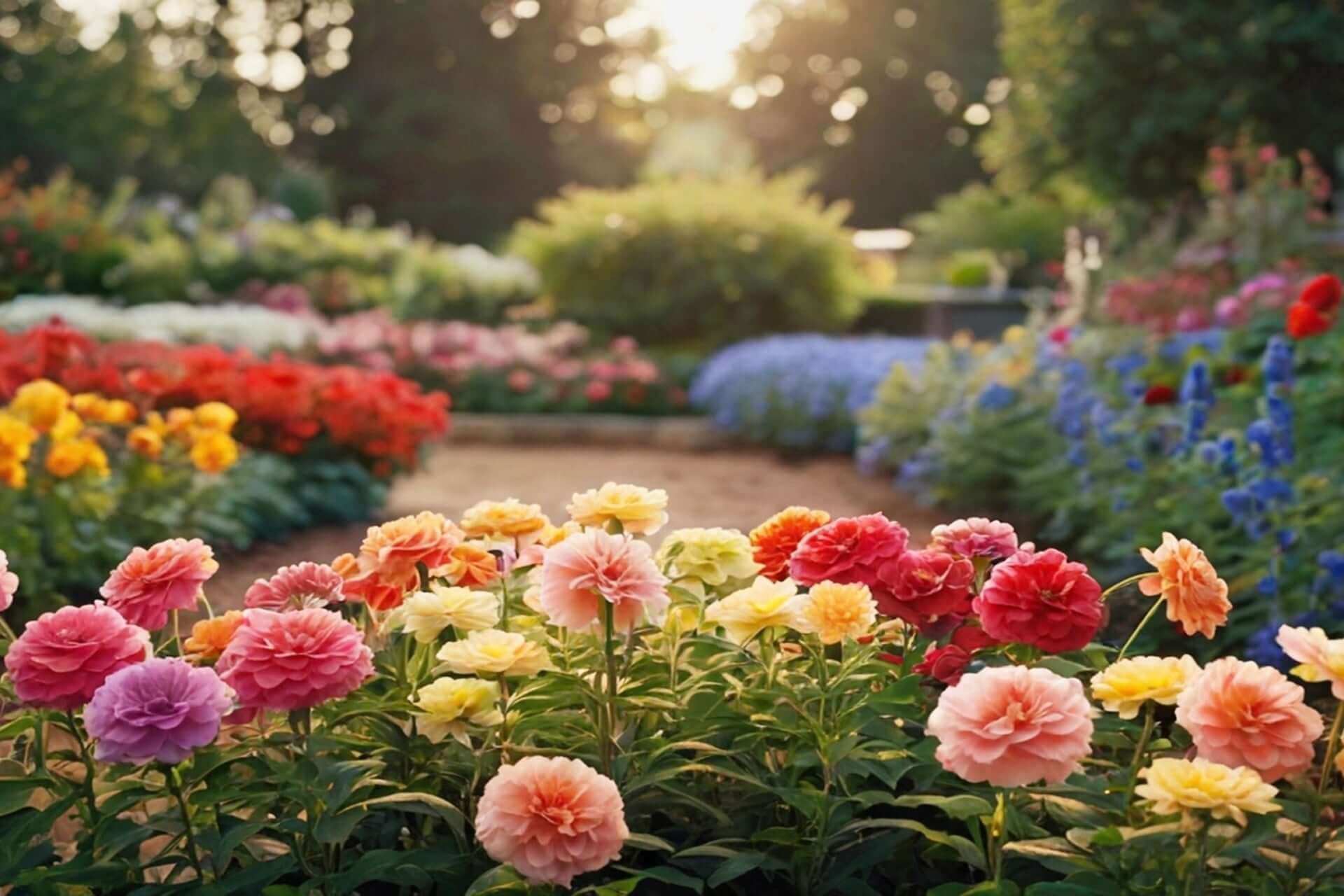
Many people consider gardening a thing of the past; Visions of backbreaking labor or dripping sweat may come to mind. A few holes for garden plants can improve one's life.Working in the garden can ...
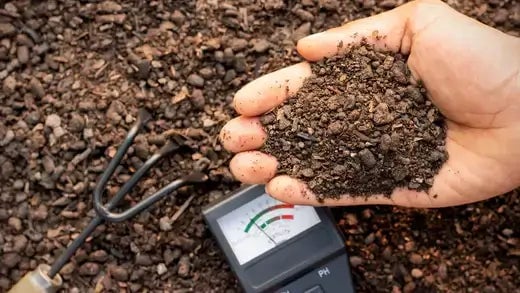
For the typical homeowner, working in the garden is either a tedious but necessary task before getting back to something more substantial. It is a pleasurable respite from daily life's tedious but ...


